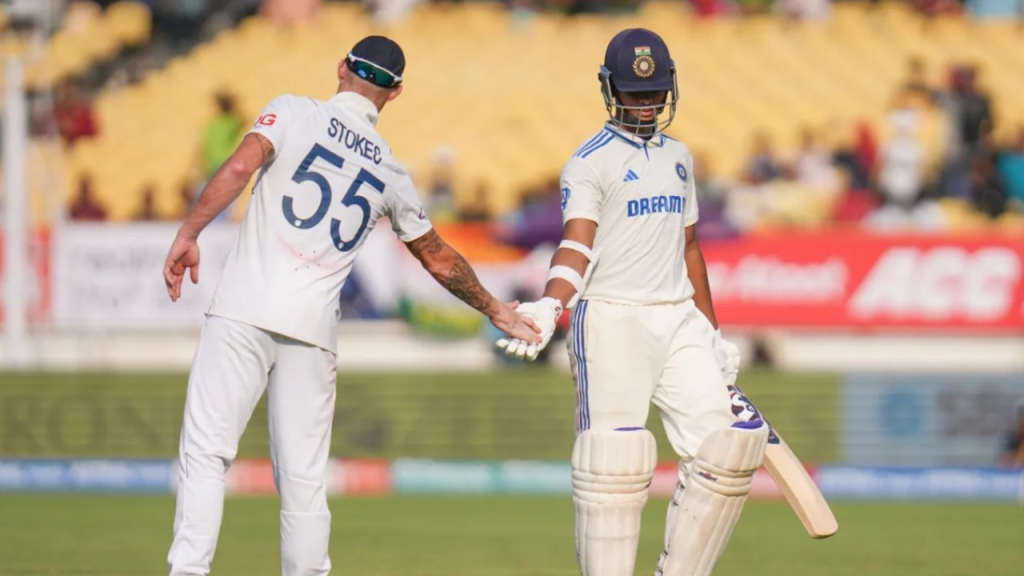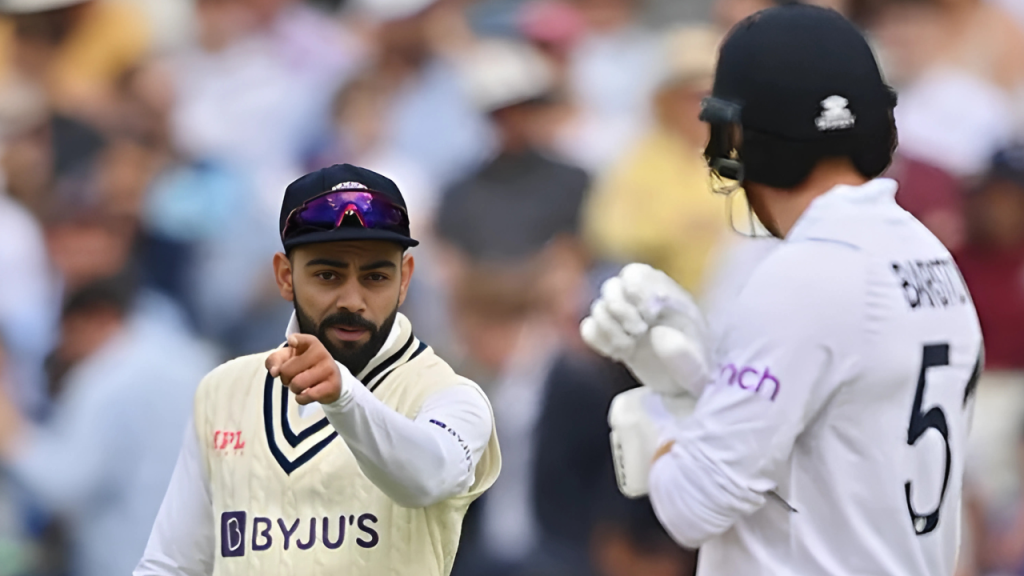In the world of cricket, the passing of the baton from one generation to another is often a poignant moment, filled with nostalgia and promise. This transition was highlighted when Ravichandran Ashwin, one of India’s most cerebral spinners, announced his retirement from international cricket on the fifth day of the third Test at the Gabba against Australia in 2024. R Ashwin, who started his Test journey in 2011, left a legacy over 106 matches. But how does this timeline intersect with the career of Washington Sundar, another promising spinner from the same state, Tamil Nadu?
R Ashwin’s Test Debut:

Ravichandran Ashwin made his Test debut on November 6, 2011, against the West Indies. He was an immediate success, taking 9 wickets in the match and earning Man of the Match on debut, a sign of the impact he would have on Indian cricket. R Ashwin was 25 years old at the time, known for his off-spin and an array of variations including the carrom ball, which would soon become his signature.
Over the years, R Ashwin would go on to become one of India’s leading wicket-takers in Test cricket, amassing 537 wickets in his 106 appearances. His career was marked by strategic bowling, tactical acumen, and the ability to adapt across different conditions, making him a linchpin in India’s bowling attacks, especially on home soil.
Washington Sundar:
Washington Sundar, on the other hand, was still a schoolboy when R Ashwin made his Test debut. Born on October 5, 1999, Sundar was just 12 years old when R Ashwin first donned the whites for India. This age gap illustrates the different stages of their careers and the generational shift in Indian cricket.
Sundar’s own Test debut came nearly a decade later, on January 15, 2021, during India’s tour of Australia. His introduction to Test cricket was under dramatic circumstances, stepping in due to injuries in the squad for the final Test at the Gabba. He made an immediate impact, scoring 62 runs and taking four wickets, including that of Steve Smith, in what would become one of India’s most legendary Test victories.
The retirement of Ashwin during the Gabba Test in 2024 symbolically marks the end of an era and the potential beginning of another with players like Sundar. Although Sundar’s Test career has been nascent compared to Ashwin’s, his performances hint at a bright future. Sundar has shown he can be an effective off-spinner with a high release point and decent batting skills, traits that echo Ashwin’s all-round capabilities but with his unique flair.
Age and Experience –
When Ashwin debuted, Sundar was at an age where he was still navigating the junior ranks of cricket, focusing on school cricket and domestic youth tournaments. This 13-year difference in their Test debut ages showcases how Sundar, at 21 years old during his debut, was already seen as a potential heir to the legacy of spinners from Tamil Nadu, following in the footsteps of not just Ashwin but also the likes of Srinivas Venkataraghavan and S. Venkataraghavan.
The Legacy R Ashwin Leaves Behind –
Ashwin’s decision to retire mid-series, especially after the Gabba Test which ended in a draw, was as much about timing as it was about his contributions to cricket. He leaves behind a legacy where spin bowling was not just about turning the ball but about outthinking the batsman. His record, particularly his wickets tally and his role in India’s victories, will be hard to match, let alone surpass.
Sundar’s Path Forward –
For Washington Sundar, the path forward involves not just filling the void left by R Ashwin but also carving his own niche. His journey is still in its early days, with only a few Tests under his belt by the time of Ashwin’s retirement. However, his potential as an all-rounder, his age, and his learning curve could see him evolve into a key player for India, much like R Ashwin did.
The Future of Indian Spin –
With Ashwin’s retirement, the spotlight intensifies on the likes of Sundar, Ravindra Jadeja, and other emerging spinners. The challenge for these players is not only to take wickets but to bring the strategic depth that Ashwin brought to the game. Sundar, in particular, with his ability to bowl in different phases of the match and contribute with the bat, is poised to be a central figure in this transition.
The age difference between R Ashwin at his Test debut and Washington Sundar at the same point is a narrative of mentorship, evolution, and the cyclical nature of cricket. As Ashwin steps into retirement, his legacy will continue to inspire and guide young spinners like Sundar. The future of Indian cricket, especially in terms of spin, looks promising with talents like Sundar, who, at 12 when Ashwin debuted, now stands at the threshold of his own storied career.





